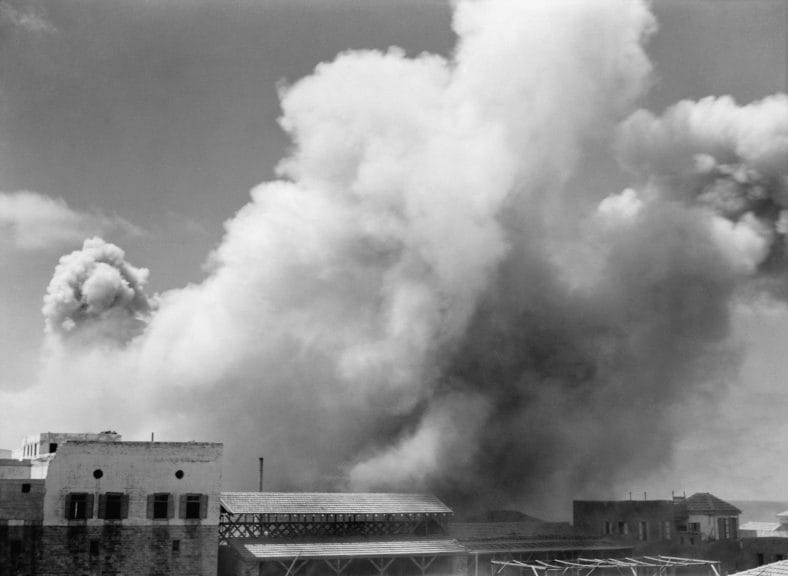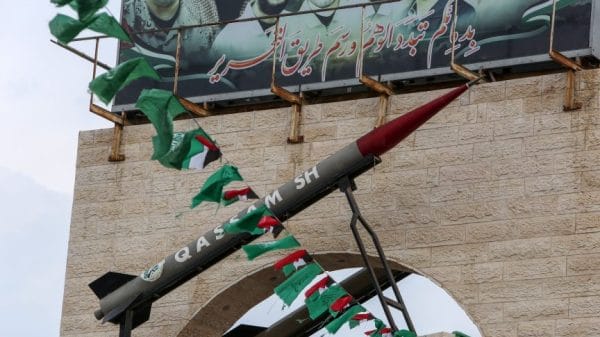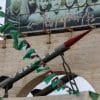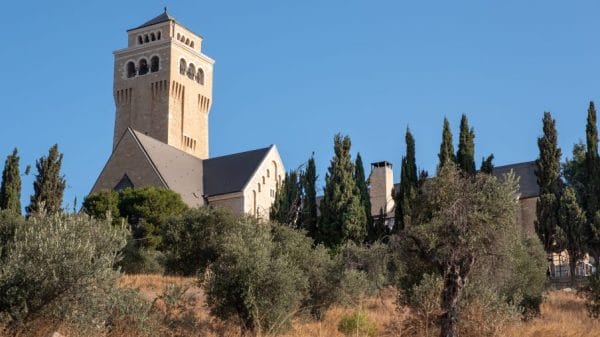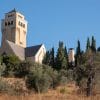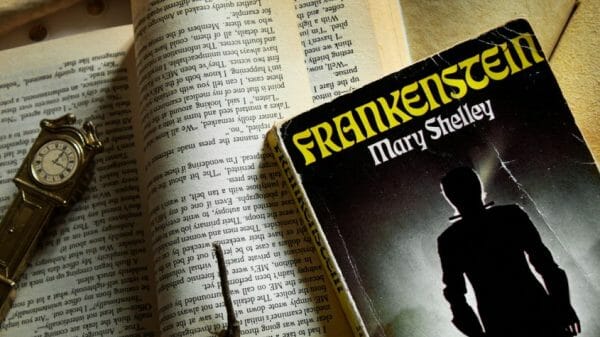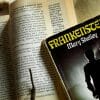Even today, Israel still has ties to the British Mandate period, which is exemplified by how it wages war today.
Since October 7, the Israeli Defence Force has killed more than 33,000 Palestinian civilians in its ongoing war against HAMAS.
Of the dead, more than 13,000 were children.
Israel has demolished entire neighborhoods, bombed hospitals, and displaced 1.7 million Palestinians from their homes.
It even prevented humanitarian aid from reaching civilians, and so far has murdered 224 humanitarian aid workers.
As of this writing, Israel’s actions against the Palestinian people are even under UN investigation as constituting genocide.
Despite the growing list of war crimes, the Biden administration still provides millions in unconditional military aid for Israel.
This is despite anti-war protests gaining momentum as the war drags on, even within Israel itself.
Even the self-immolation of a US Air Force drone operator is not enough to cut support completely.
Likewise, Israeli Prime Minister Benjamin Netanyahu refuses to end the war until HAMAS is eliminated by any means necessary.
These events are beyond horrifying, but they aren’t even unprecedented.
Taking history into account, the current military’s actions echo the violence taught to their predecessors by the British government.
The Revolt Begins
As previously explained, Izz ad-Din al-Qassam’s death at the hands of the British devastated the people of Palestine.
This outrage was exacerbated by two Qassamites who raided a convoy traveling between Anabta and Tulkarm on April 15, 1936.
The raiders killed two Jewish drivers, Israel Chazan and Zvi Danenberg, and the incident became known as the Tulkarm Shooting.
The next day, Irgun retaliated by killing two Arab workers, Hasan Abu Ras and Salim al-Masri, in a hut between Petah Tikva and Yarkona.
During Chazan’s funeral on April 17, the service devolved into rioting as Jewish attendees called for violence against Jaffa Palestinians.
Others would fan the flames by raising flags and singing Hatikva, the future Israeli national anthem.
The British police forcefully dispersed the crowd, but escalating violence between Jews and Palestinians raged throughout Tel Aviv.
By this point, Palestinians had enough, and Amin al-Husseini capitalized by announcing a great general strike on April 19, 1935.
Soon after, the Arab Higher Committee was formed on April 25 with al-Husseini at the helm.
The Arab National Strike alone would last for six months, but the larger revolt wouldn’t end until 1939.
The Arab General Strike
After the Arab Higher Committee formed to co-ordinate the strike, they issued three demands before they would end the strike.
Jewish immigration was to be prohibited, as would transferring land from Palestinians to Jewish settlers.
In addition, a Palestinian national government would be formed to secure their sovereignty.
Within the first month, strike leaders also decided not to pay taxes, a decision inspired by America’s War of Independence.
During the strike, Palestinian rebel groups independently carried out attacks on critical infrastructure, most notably the Mosul-Haifa pipeline, as well as Jewish settlers and their homes.
British Retaliation
Britain responded to these actions by allowing High Commissioner Arthur Wauchope to pass the Emergency Regulations.
This authorized the imposition of fines throughout Palestine, the demolition of Palestinian homes, and additional military reinforcements.
Worse yet, they also allowed for collective punishment measures against Palestinian civilians.
Such measures included beatings, night raids, house searches, and even deportation.
Officials also did not require proof of a crime since they could not determine who was a rebel or a striker.
During the revolt, the British arrested so many Palestinians that they opened detention camps to hold suspects and political prisoners.
They also continued training Hagannah and other Zionist militias in military tactics, which would haunt them later on.
Temporary Peace
After six months, the strike ended after negotiations between the AHC and the leaders of Iraq, Saudi Arabia, and Transjordan.
After the strike ended, the conflict was postponed for about a year while Britain investigated the reasons behind the violence.
In the Peel Commission, British investigators concluded that Palestinian and Zionist interests were fundamentally incompatible and recommended a partition.
This would splinter the country into three parts, two for Palestinians and Jews separately, and a neutral zone for their holy sites.
The Revolt Continues
After the Peel Commission went public, it drew support from Labour Zionist leaders like David Ben-Gurion and Chaim Weizmann, who saw it as a temporary concession.
Unsurprisingly, the commission was shunned by most Palestinians, who were unwilling to allow more land to be taken from them.
Then on September 26, 1937, the conflict officially resumed after Qassamites assassinated Lewis Andrews, Galilee’s Acting District Commissioner.
Britain responded by authorizing the torture of suspects and citizens living too close to rebel activity and sending military reinforcements.
They also outlawed Palestinian political parties and the AHC, which forced political leaders like Husseini to escape the country.
Those who remained were arrested and subsequently deported to the Seychelles.
This not only severed ties between Husseini and the British, but it also made Palestinian political organizing next to impossible as the rebel groups who remained did not have as much popular support as the AHC.
The Revolt’s Consequences
Over the next two years, the constant violence and severe repression wore down rebel fighters and Palestinian civilians alike.
Then in March 1939, the General Commander of the Revolt, Abd al-Rahim al-Hajj Muhammad, was killed in action.
By this point, public support and morale had dissolved further, and by the end of summer, the revolt was over.
Over those three years, about 300 Jewish settlers were killed. By comparison, at least 5,000 Palestinians were killed and almost 15,000 injured.
Because of the collective punishment tactics used by Britain and its allies, countless Palestinians became homeless.
Britain hit Jaffa especially hard as Britain blew up about 220 to 240 buildings on June 16, 1936.
Within one day, Britain left about 6,000 Palestinians with nothing but the clothes on their backs.
Once the revolt lost its momentum, British authorities once again tried to remedy the situation diplomatically, however their efforts were for naught.
Not only would the advent of World War II completely disrupt Britain’s geopolitical ambitions up to that point, but in an ironic twist of fate, Britain would once again be undermined by terrorists of their own making.
Only this time, they were Zionists.
Please see my next article to read the rest of this overview in Part 4.


